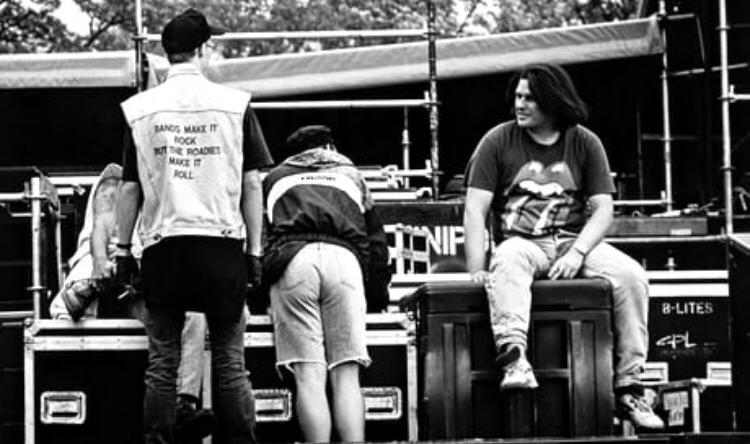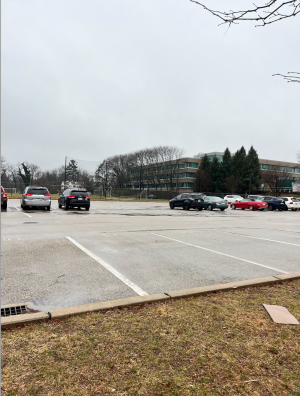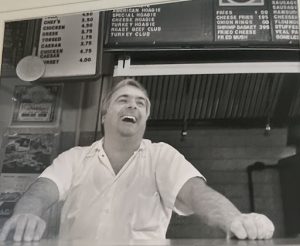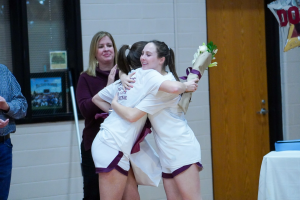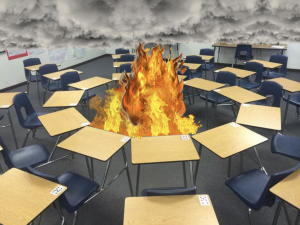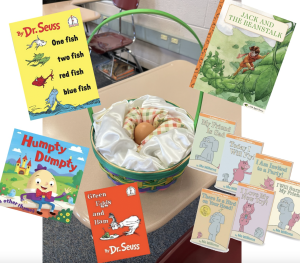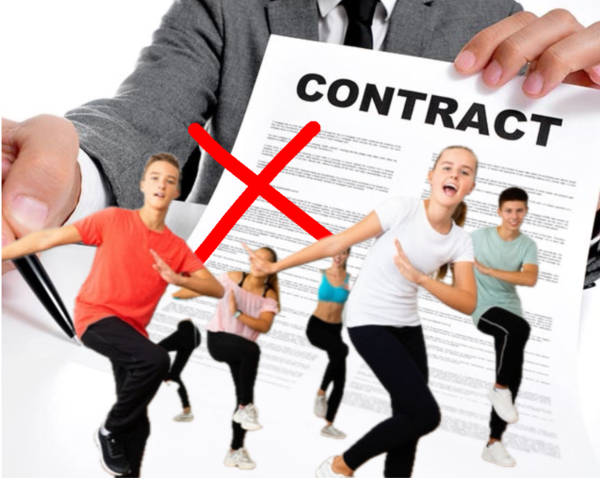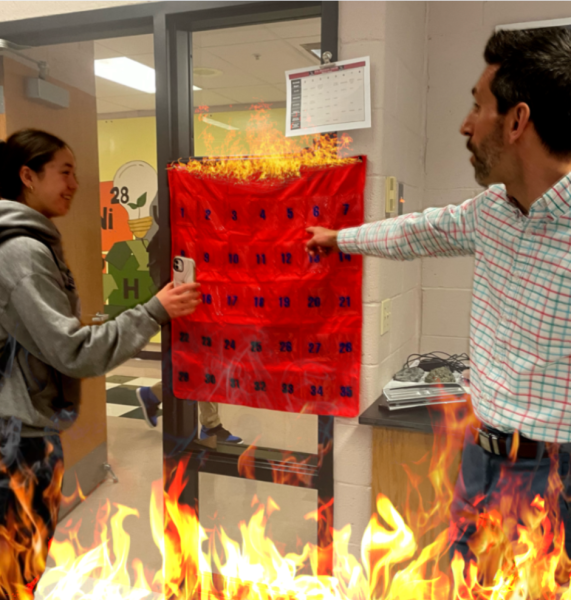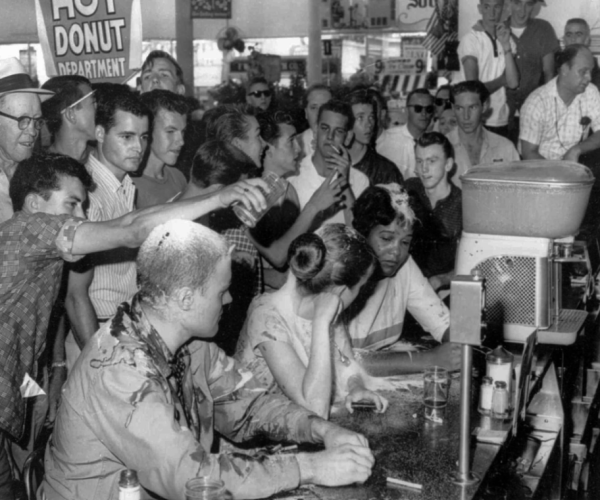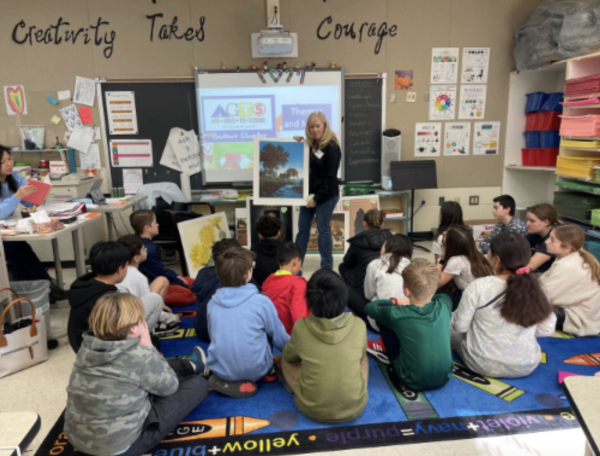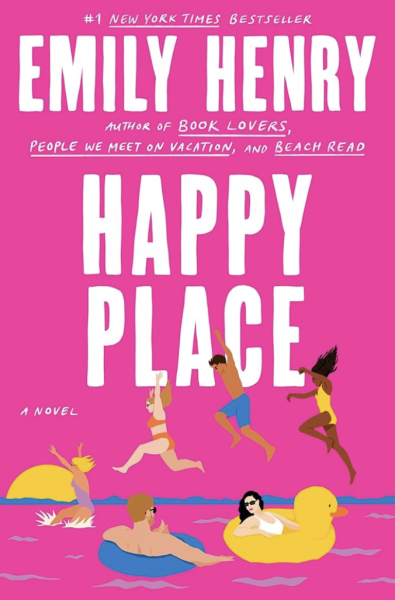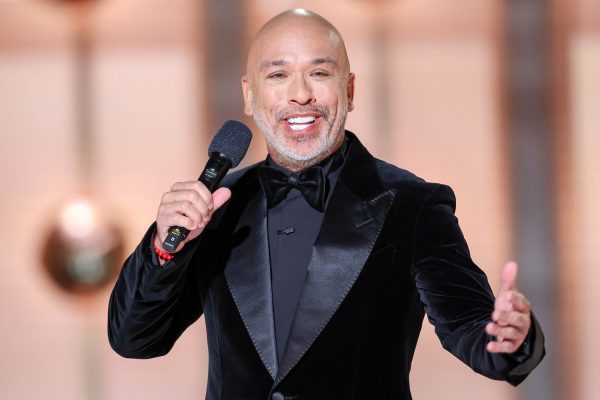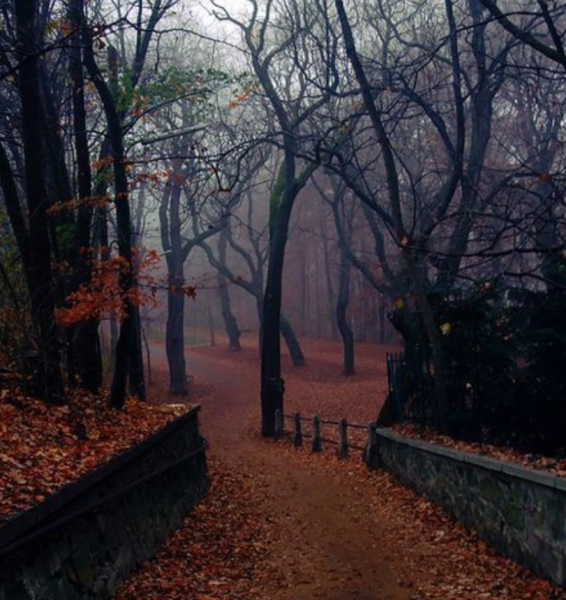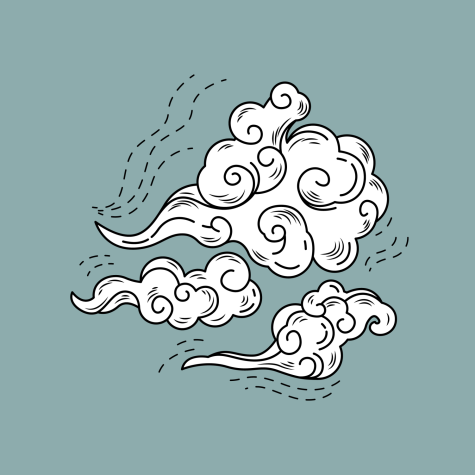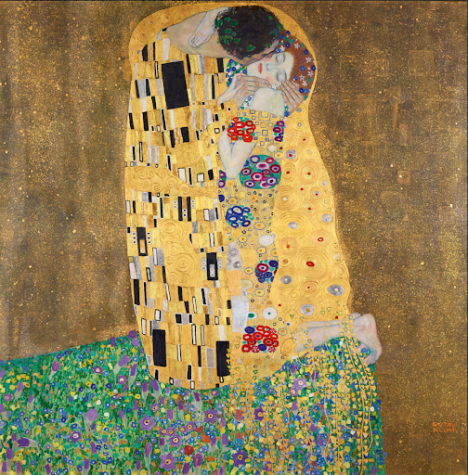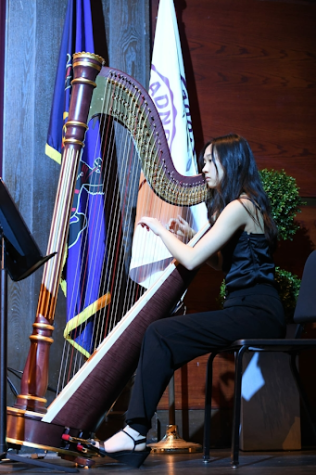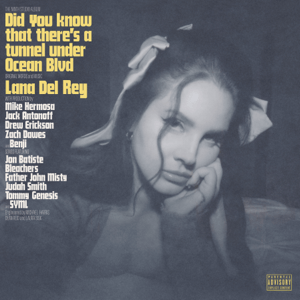The Death of the High School Band
December 22, 2017
First, let’s make this clear, we here are not talking about the marching band, if only we could be so fortunate as to see their demise, but no, we’re talking about the classic band. The four to five piece group of teens practicing in their garage before getting shut down by their moms. These bands used to be the lifeblood of high schools, everyone was in one, wanted to be in one, or wanted to be friends with someone in one. Now, who even listens to bands anymore, let alone plays in one? People still listen to music, people still play instruments, and people still love musicians, so how did something so essential to high school life become something seemingly archaic?
+ + +
There is definitely a certain clichéd image of a 2017 ‘rocker’. Skintight black jeans, black nail polish, eyeliner, sketched on converse, rubber bracelets, and whatever else you might categorize as ‘emo’. Being thrown into that category is a partial deterrent from listening to anything your friends wouldn’t. Some are fueled by that consideration and actively try to achieve that stereotype to differentiate themselves from their peers, whereas others just like black skinny jeans.
A guy who wears dark colors consistently, looks fairly skinny, and always wears his headphones gets labeled as “alt” no matter what. How do you know what’s playing through those headphones?! For all you know it’s latin-american dance music. Conversely, someone who wants to be associated with a certain label could intentionally dress for it such as incorporating clunky boots, band tees, perfectly tousled hair to obtain the desired image. Lately “emo” has been tossed around endlessly in reference to not-mainstream pop music; in Radnor you can hear The Red Hot Chili Peppers referenced as emo. It’s not like the people were even referencing Incesticide or went full on Welcome to The Black Parade, but alas, if it isn’t played on Q102, it’s emo.
Despite reality, bands have been a popular choice in tv shows and movies for basic plotlines, particularly with companies such as Disney and Nickelodeon, in recent years. From Drake & Josh, to Lemonade Mouth, and even Good Luck Charlie that had a battle of the bands episode, the amount of bands represented by the media is completely unrealistic to an actual high school setting. Growing up, we’ve been exposed to a false band culture. Media plays on the classic stereotype of the high school band and tries to make it seem like there is a prominent band scene in a modern setting, when, in reality, it simply doesn’t exist.
+ + +
The Glory Days: All-nighters. Grunge. Clubs. Groupies. ODing. Rock’n’roll. Pennsylvania? In your cozy suburban neighborhood? Yes. After the British Invasion, rock in America exploded. Musicians flooded from all over to populous areas to form bands and make it big. New York was an obvious choice; venues like CBGBs made Patti Smith, Misfits, and The Beastie Boys famous as a result of playing there. There was one big issue with New York: it was crowded. This made Philly the next best option for musicians where there was already a history, an established scene, and, most importantly, some room to breathe. This migration gave the Philadelphia venues a goose, and because of the surge of musicians, venues didn’t hesitate to reciprocate the promotion. South Street boomed because of The Ripley, the club Stars was on second and Bainbridge, The TLA still stands in south Philly, and though it changed locations, Electric Factory is still alive too. Another surviving venue, the Tower Theatre, boasted names like Bowie. While New York was surging with new stars, Philly remained more low key, but that isn’t to say there wasn’t any success reached. The Hooters are one example of a Philadelphia band that made it. Penn brought them together, and the guys started playing the Philly band scene. They later opened for The Who, Santana, and The Clash, where the song “All You Zombies” reached a greater recognition. For many years The Hooters were a common band to see on MTV, but like MTV, ultimately faded out. Robert Hazard and the Heroes were another band who did fairly well. Most people would know one of their songs, “Girls Just Wanna Have Fun” which they sold to Cyndi Lauper who recorded the iconic track.
The Main Point was another venue in our very own Bryn Mawr on Lancaster Avenue. At the height of its time, Joni Mitchell, Stevie Wonder, Billy Joel, and Bruce Springsteen appeared on the billboard week in and week out. Granted, those were the biggest names that marquee ever saw, but if you think there’s a chance you’ll see James Taylor or Don McLean strolling by Hope’s Cookies anymore, you’re crazy.
Not far down the street was the 23 East Cabaret, a small venue part of a circuit that included Chestnut Cabaret and 23 East, among others. These venues were popular amongst local performers because, if you booked one, you could book all the others. The Chestnut Cabaret being the largest and most desirable to play, Blondie, The Ramones, The Roots, Phish, and even the Red Hot Chili Peppers have played there.
There was a certain time of night, when the main venues would close and the roadies would get to work. A new scene would emerge—the after hours clubs. The East Side Club on Chestnut was set deep in a basement and only open to card-carrying members. And, previously known as “Le Banane Noir,” The Black Banana was also an exclusive members only affair. Instead of a small basement, it was multi-leveled, as well as fully equipped with glass-walled unisex bathrooms, (not forgetting where there were actual walls, most were just one way mirrors). In 1974 it wasn’t just a night out every once and awhile, it was a lifestyle, a culture, curated and maintained by rockers, roadies, and others with a passion for self-expression.
As mentioned earlier, the explosion of rock came after the British invasion, the migration of The Beatles and The Rolling Stones into American radio stations. Their arrival sparked a yen in everyone to be a rockstar; bands popped up practically overnight. There was a massive scramble to assemble your band. If you were the only drummer on the block, you were in high demand. The Philadelphia scene was especially welcoming to musicians because venue owners commonly housed and fed bandmates when they played. Not only did venues’ owners act paternally, but they actually paid. This is a large contrast to nowadays, where gigs result in less than three figures, and most hardly profit enough to cover gas on the trip home. While the dream of the seventies teens was international stardom, bands enjoyed what they were doing recreationally, despite discouraging success rates. Now if we want to feel successful for our musical talent, we opt for cheap routes to fame from talent shows. Commonly, bands today that are just starting off are too entitled, focused on fame not the passion, and simply not as hard working. It’s a lethal combination, which contributes to today’s severe lack of bands, let alone dedicated ones.
Another factor at play here is how the world has developed. In the golden age for rock that’s all there was, but now for entertainment kids have their pick of video games, youtubers, and hoverboards to entertain themselves. Best summarized by George Howard, COO of Concert Vault, a subscription based platform where one can watch essentially any concert, “We can’t really imagine the 60’s and 70’s—in all of their cultural significance – stripped of a musical component. For young people of the 60’s-70’s, music held a similar power as the Internet holds in today’s young people’s lives. The Internet, specifically, and technology, generally, is clearly the dominant cultural signifier for today’s younger generation. Certainly, music – as accessed through technological innovations – is part of it, but it’s just a part, and not the whole.
+ + +
The Pennsylvania suburbs have become overrun with little white Childish Gambino wannabes. (See RMS 7th grade rapper “Harry the Rapper”) But why? The same reason people in the 70’s and 80’s bleached their hair, ripped their jeans, and headbanged at house parties: teenage rebellion. Back in the latter 1900’s, as rock music was on the rise, parents were horrified. It was loud, contumacious, and embodied everything they hated and were raised to fear: sex, drugs, and angst. Today, that generation is raising us. Our parents were the ones who blasted AC/DC in their cars with the windows down to piss off their white-collar neighbors. It is pretty much universally accepted that it isn’t cool to be like your parents. Teenagers have a fundamental desire to rebel, to be different from their predecessors, to define their generation. That is why rock music is crumbling.
Youth rebellion needs parental disapproval. If we get approval when we stream Led Zeppelin and The Rolling Stones, our rebellion ceases to exist. This is where the rise of rap music comes into play. Ever since Sugarhill Gang, Run-DMC, and N.W.A popularized the genre in late 70’s/early 80’s and artists like Jay-Z managed to broaden the audience, rap culture has skyrocketed in popularity. The overarching themes are still sex, drugs, and angst, but but the delivery is just not the same. It’s not longer a five piece band; it’s a man and a mic. In essence, the only thing that has truly changed in youth culture is the style of delivery. An artist’s style, and in turn, ethos, influences their entire demographic. Now instead of leather jackets, there are gold chains, in the place of passion, we see objectification, and instead of hippie movements, we see social justice issues. These changes have become increasingly prevalent over the past ten to twenty years, these changes are killing rock music.
+ + +
The vast majority of the high school population has some form of Soundcloud presence. The app has become a platform for amateur music promotion, predominantly rapping. You know a kid who’s released a few songs, your friend has some locked diss tracks posted, not forgetting the mash-ups created by your next door neighbor, Chris Comstock, A.K.A Marshmello (Shipley; class of 2010). These are the people who have taken the place of the classic band.
Streaming services like Soundcloud have allowed the parallels between 1977 and 2017 to become more apparent. The in-bedroom studio has become the garage of this generation. In 2013 Kanye said,“Rap is the new rock & roll. We the new rock stars, and I’m the biggest of all of them. I’m the number one rock star on the planet.” In the ever humble words of Kanye, rockstars aren’t rock stars anymore, they’re rappers.
Just like back in the latter 1900’s, kids wanted to be rockstars, the difference now is the production. Now, it’s easier to sit alone in your bedroom and make a rap song on your phone rather than having to gather four of your friends, practice for days on end in your garage to maybe book a gig at a 50 person capacity venue. To clarify, we aren’t trying to demerit the effort that goes into creating a rap song, but they require much less sweat when it comes to generating basic beat.
What makes rap desirable to the younger market is both the ease and solidarity of it. At the base of it, rap is really just slam poetry, which allows an individual to speak their mind, without having to account for a melody or riff, just words and a beat. Radiohead infamously tackled social issues, but today’s youth seems to diminish the possibilities of band produced music, assuming only rap can confront societal problems.
+ + +
There is a plethora of musicians in this school—guitarists, pianists, bassists, drummers, everything you need in a band—yet none of these kids are taking advantage of their abilities. There is only one band in this high school that is 100% Radnor among the hundreds of musical students, but even they borrow drummers from ‘Stoga every once in awhile. These bands are losing their platform because no one wants to listen. A few local current high school bands that actually have some traction within a particular niche, would be Cardinal Sin, The Morellas, Americanadian, and Sharp Colour. Warped Tour, the mecca of the teen rock experience, is having it’s final show in 2018, and Made in America, the formerly diverse Philadelphian festival, just passed its first year without a rock headliner. Rock bands have lost their cultural significance almost completely, but there isn’t a wholly valid reason to abandon the genre. We aren’t alone in our recognition, in the words of Roger Daltrey of The Who, “The sadness for me is that rock has reached a dead end…the only people saying things that matter are the rappers…”

